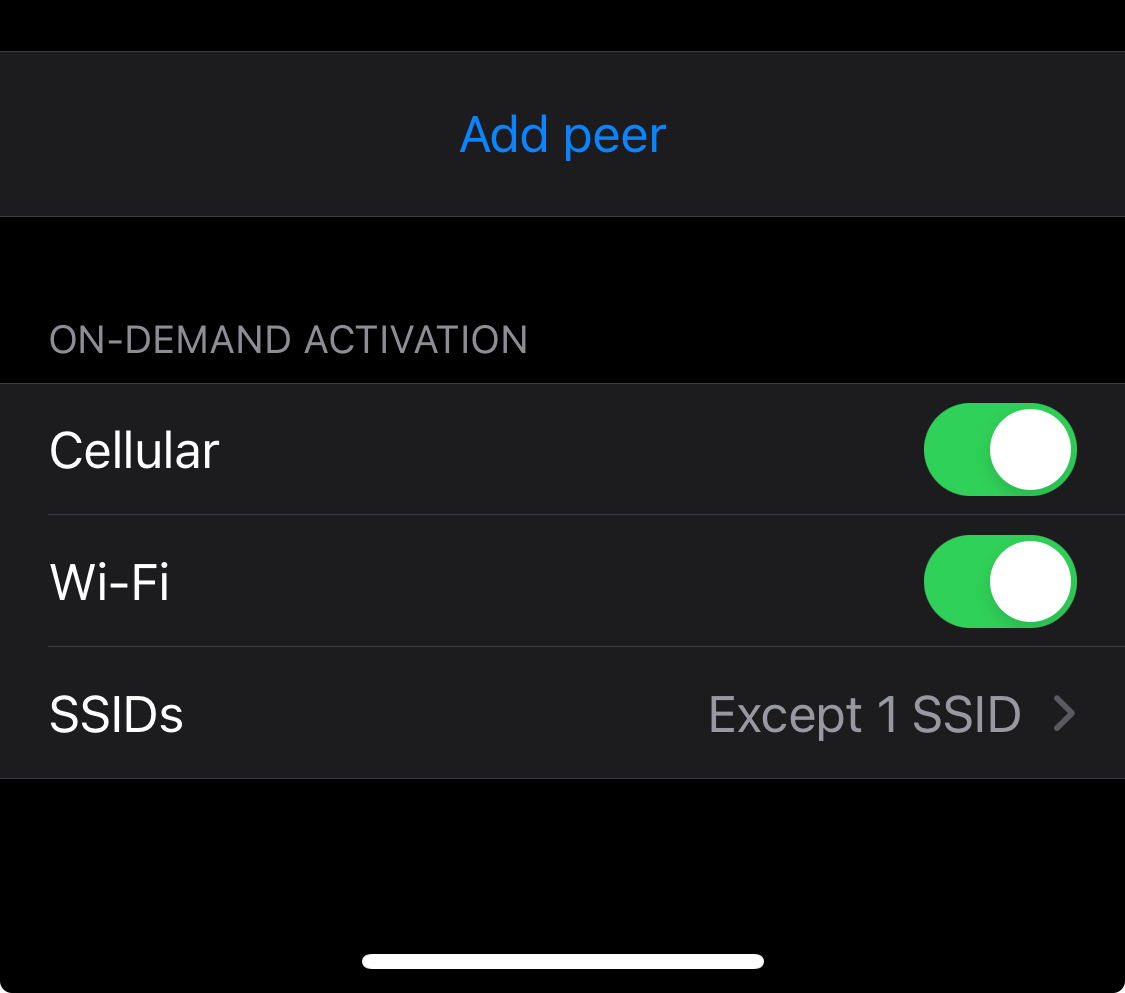

You come to my door. You get candy.
Young, old, costume or not.
You get candy.


You come to my door. You get candy.
Young, old, costume or not.
You get candy.
I found my people here.


Got a chance to ride in a BYD EV this summer. Impressive vehicle, doubly so for the price.


…drew their swords and shot each other. A deaf policeman heard their cry.
If you don’t believe this lie is true. Ask the blind man, he saw it too.


Not accurate at all.
Daddy and top-dog-son want to prevent the rest from moving the media business away from fringes of the right.
The claim is that they’ll devalue the inheritance for all by making it less profitable (summary only).
Great coverage a few weeks ago on NYT’s The Daily podcast if reading isn’t your thing: https://pca.st/episode/7ff0fd47-2c1c-471e-a41f-6861322838f9


Good enough? I mean it’s allowed. But it’s only good enough if a licensee decides your their goal is to make using the code they changed or added as hard as possible.
Usually, the code was obtained through a VCS like GitHub or Gitlab and could easily be re-contributed with comments and documentation in an easy-to-process manner (like a merge or pull request). I’d argue not completing the loop the same way the code was obtained is hostile. A code equivalent of taking the time (or not) to put their shopping carts in the designated spots.
Imagine the owner (original source code) making the source code available only via zip file, with no code comments or READMEs or developer documentation. When the tables are turned - very few would actually use the product or software.
It’s a spirit vs. letter of the law thing. Unfortunately we don’t exist in a social construct that rewards good faith actors over bad ones at the moment.


As someone who worked at a business that transitioned to AGPL from a more permissive license, this is exactly right. Our software was almost always used in a SaaS setting, and so GPL provided little to no protection.
To take it further, even under the AGPL, businesses can simply zip up their code and send it to the AGPL’ed software owner, so companies are free to be as hostile as possible (and some are) while staying within the legal framework of the license.


Pros:
Cons:


deleted by creator


Pijul is a very exciting project. I’ve wanted to try it for months buy haven’t found the time.
I’m on iOS and do the same thing.
The WireGuard app has a setting to “connect on demand”. It’s in the individual connections/configurations.

You can then set either included or excluded SSIDs. There’s also an option to always connect when you’re on mobile/cellular data.
I imagine the Android app is similar.


DM’ed you the link.
Reason: personal GitHub account.


Reddit was aggressively rate limiting tools used to delete and edit content in a funny way when the API pricing was announced. The API wouldn’t return an error, the rate limiting was silent, and the tools would report successful deletion or edits even when the edit or deletion wasn’t made.
I had to modify an existing script to handle the 5-second rate limit and, lieu of deleting, I just rewrote each comment with a farewell.
Even then I did 3 passes (minor additional edits) in cases Reddit was saving previous edits.
My content has stayed edited.


Neat, I’ll have to look it up. Thanks for sharing!


Nextcloud isn’t exposed, only a WireGuard connection allows for remote access to Nextcloud on my network.
The whole family has WireGuard on their laptops and phones.
They love it, because using WireGuard also means they get a by-default ad-free/tracker-free browsing experience.
Yes, this means I can’t share files securely with outsiders. It’s not a huge problem.


We really can vote with our dollars. The issue is that we don’t (I’m point right at myself here).
Don’t buy the things, we probably don’t need em.


deleted by creator


Update: I went and had a look and there’s a Terraform provider for OPNSense under active development - it covers firewall rules, some unbound configuration options and Wireguard, which is definitely more than enough to get started.
I also found a guide on how to replicate pfBlocker’s functionality on OPNSense that isn’t terribly complicated.
So much of my original comment below is less-than-accurate.
OPNSense is for some, like me, not a viable alternative. pfBlockerNG in particular is the killer feature for me that has no equivalent on OPNSense. If it did I’d switch in a heartbeat.
If I have to go without pfBlockerNG, then I’d likely turn to something that had more “configuration as code” options like VyOS.
Still, it’s nice to know that a fork of a fork of m0n0wall can keep the lights on, and do right by users.


If you backup your config now, you’d be able to apply the config to CE 2.7.x.
While this would limit you to an x86 type device, you wouldn’t be out of options.
I am an owner of an SG-3100 as well (we don’t use it anymore), but that device was what soured me on Netgate after using pfSense on a DIY router at our office for years…
I continued to use pfSense because of the sunk costs involved (time, experience, knowledge). This is likely the turning point.
My advice: don’t change anything else right now.
The temptation is high to pack it all in at once; make all the big changes.
2 hours a day is a lot. Not too much, just a lot. So, since you asked, don’t change your diet yet. Get into the groove of building this new thing into some level of consistency. Once you’re 90 days in, start modifying something else. Diet. Sleep. Intensity.
Work on one routine at a time.
Now if you’re going too far into calorie deficit then you can think about what your energy needs are but keep the other changes to bare necessity.